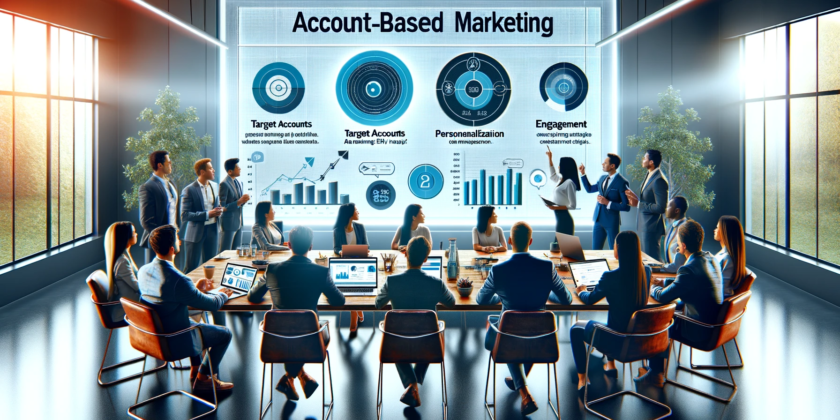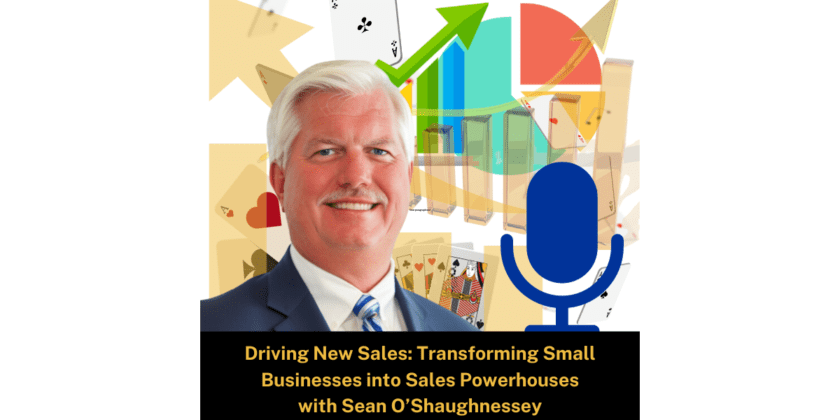In today’s competitive B2B sales landscape, integrating account-based marketing (ABM) with named account strategies has emerged as a pivotal methodology for companies aiming to refine their sales and marketing efforts. This approach not only harnesses the synergy between sales and marketing teams but also paves the way for more targeted and personalized outreach to key accounts. As we delve into the intricacies of launching a named account strategy, it becomes evident that preparation, collaboration, and implementing a systematic approach are crucial for success.
The journey toward effective account-based marketing begins with a fundamental prerequisite: a cohesive collaboration between the sales and marketing departments. This collaboration is not merely about working side by side; it’s about integrating efforts to create a unified strategy that precisely targets specific accounts. The essence of ABM lies in its ability to focus on named accounts, requiring a deep understanding of the target company’s industry, size, locations, and organizational structure. This understanding is critical in crafting personalized marketing strategies that resonate with the targeted accounts.
Personalization stands at the core of ABM, extending beyond mere customization of presentations. It involves tailoring websites and landing pages and even creating dedicated customer portals to ensure that the marketing content is highly relevant and engaging to the named accounts. Such personalized experiences foster a deeper connection between the company and its potential clients, significantly enhancing the likelihood of conversion.
The role of sales and marketing leaders in this context cannot be overstated. These leaders must not only strategize but also ensure the alignment of resources to effectively target the named accounts. This includes determining the feasibility of creating bespoke marketing tools such as personalized portals, ensuring the marketing team is equipped with the necessary skills and creativity, and categorizing clients to focus efforts where they are most likely to yield returns.
Real-world applications of ABM strategies underscore the potential for dramatic improvements in customer engagement and sales success. For instance, creating custom videos that depict a “day in the life” scenario using a company’s products can significantly impact customer perceptions and decision-making processes. Although resource-intensive, such initiatives highlight the lengths companies can go to provide a unique and compelling value proposition to their named accounts.
Moreover, the advent of digital tools and platforms has facilitated new forms of personalized outreach, such as video messages tailored to specific prospects. This approach exemplifies “account-based marketing light,” offering a personalized touchpoint that can significantly increase a prospect’s chances of engagement. The utilization of such innovative tactics indicates the evolving nature of ABM and its capacity to adapt to the changing dynamics of customer engagement.
As companies strive to navigate the complexities of named account strategies and account-based marketing, integrating these methodologies presents a promising avenue for achieving sales excellence. The emphasis on personalization, strategic alignment, and the judicious use of resources is paramount in realizing the full potential of ABM. Through meticulous planning, collaboration, and the deployment of targeted marketing strategies, sales organizations can enhance their outreach, foster meaningful connections with key accounts, and drive significant growth and success in today’s competitive market landscape.
Immediate Action Items for Implementing Account-Based Marketing (ABM) Strategies
1. Initiate a Cross-Departmental Strategy Session
The first step towards implementing a successful account-based marketing strategy is fostering an environment of collaboration between sales and marketing teams. Organize a strategy session that includes key stakeholders from both departments. The aim of this meeting should be multifaceted: to establish a common understanding of the ABM approach, to identify and agree on the named accounts to target, and to brainstorm personalized outreach strategies that resonate with these accounts. Actionable advice for today includes scheduling this strategy session, outlining its objectives, and preparing an agenda that encourages open dialogue and alignment of sales and marketing efforts.
2. Develop a Deep Understanding of Target Accounts
Gaining a profound insight into the named accounts is crucial for tailoring your ABM strategies effectively. Start by collecting and analyzing data on the target companies’ industries, sizes, geographical locations, and organizational structures. Utilize available digital tools and platforms for data analytics to facilitate this process. Today, focus on creating a template or framework for profiling each named account, which includes key information such as business needs, current challenges, and potential opportunities for your solutions. This template will guide your team in developing personalized marketing and sales strategies that are directly relevant to each account.
3. Invest in Personalization Tools and Techniques
The essence of ABM lies in its personalization capabilities. Today, make it a priority to explore and invest in digital tools and resources that enable high levels of customization in your outreach efforts. This could include software for creating personalized websites and landing pages, tools for developing custom video content, or platforms that allow for the sending of personalized video messages. Start by identifying at least one tool or technique that can be implemented immediately to enhance your personalized outreach. This might involve setting up a pilot project to create a custom video for a key account or designing a personalized landing page for another. The goal is to take tangible steps towards creating a more personalized experience for your named accounts, thereby fostering stronger connections and increasing the likelihood of conversion.
Actionable Conclusion:
By taking these immediate steps, companies can set the foundation for a robust account-based marketing strategy that not only aligns sales and marketing efforts but also significantly enhances the personalization of outreach to key accounts. Remember, the success of ABM lies in the meticulous planning, collaboration, and strategic execution of personalized marketing strategies. Today’s actions lay the groundwork for tomorrow’s success in navigating the competitive landscape of B2B sales with account-based marketing at the forefront.










